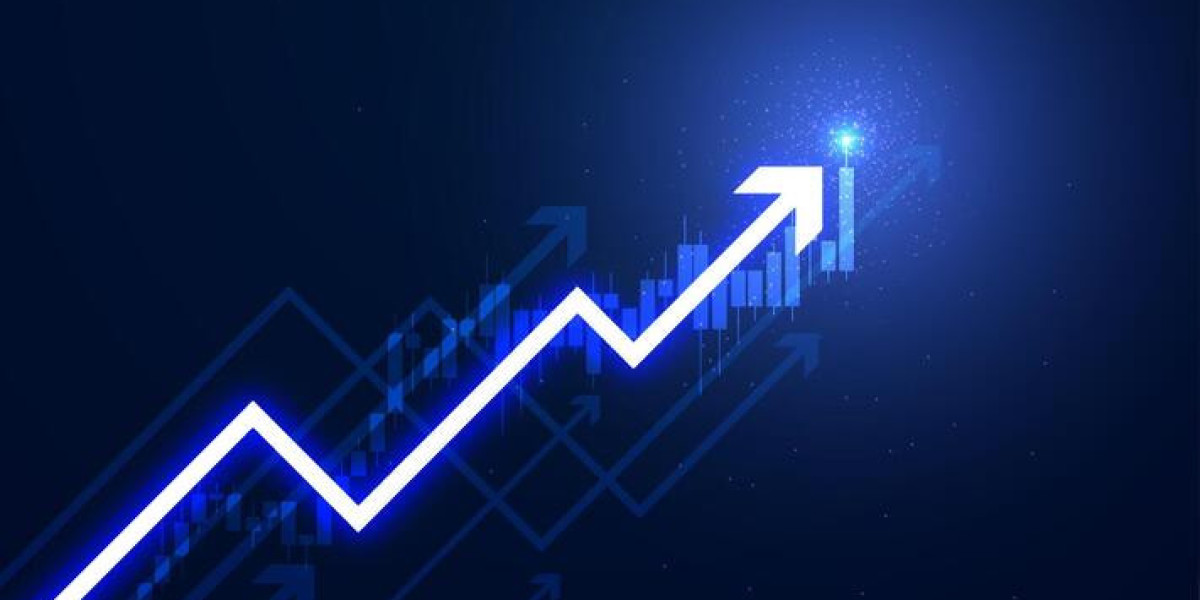As we step into 2025, the global economy is at a crossroads. Major powers are adapting to technological shifts, industries are being reshaped by artificial intelligence, and the transition to green energy is redefining how businesses operate. Investors, entrepreneurs, and policy makers must pay close attention to these trends to stay competitive.
Here are the top global economic forces shaping 2025.
1. AI-Driven Productivity Gains
Artificial Intelligence is no longer a buzzword—it’s becoming the backbone of business operations. Companies across finance, manufacturing, and healthcare are leveraging AI to reduce costs, enhance decision-making, and boost efficiency. Economists predict AI could add trillions to global GDP by the end of the decade.
2. Persistent Inflation Pressures
While many central banks managed to slow inflation in 2024, core prices remain stubborn in several regions. Food, housing, and energy costs continue to drive consumer stress. In 2025, businesses will need to adjust pricing strategies, while investors must hedge against inflationary risks.
3. Energy Transition and Green Finance
The global push for renewable energy is accelerating. Solar, wind, and hydrogen investments are hitting record highs, while fossil fuels are under increasing pressure. Green bonds and ESG-focused funds are seeing surging demand, offering both opportunities and risks for investors.
4. Shifts in Global Trade
Geopolitical tensions remain high, particularly between the U.S. and China. Supply chain diversification is now a core strategy, with many companies moving production to Southeast Asia, Latin America, and Africa. This shift is creating new winners in global trade.
5. Digital Currencies and Payment Evolution
Central Bank Digital Currencies (CBDCs) are gaining traction, with pilot programs in Europe, Asia, and Africa expanding rapidly. Meanwhile, private crypto markets continue to evolve despite regulatory crackdowns. The way people pay, save, and transfer money in 2025 will look dramatically different than just five years ago.
6. Rising Emerging Markets
Africa and Southeast Asia are emerging as growth hotspots. Young populations, digital adoption, and foreign investments are fueling rapid expansion. For investors, these regions represent the next frontier of opportunity.
Conclusion
The global economy in 2025 is defined by transformation. AI, energy, and shifting trade patterns are creating both risks and rewards. For businesses, adaptability will be the key to survival. For investors, staying ahead of these trends could mean unlocking the biggest opportunities of the decade.







